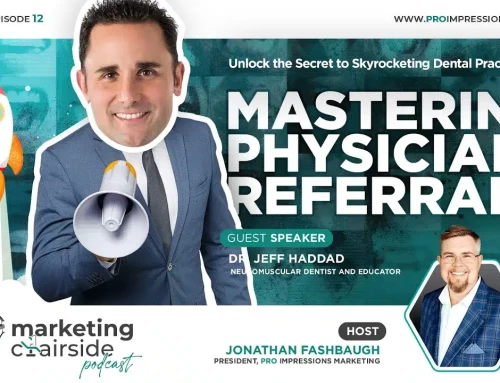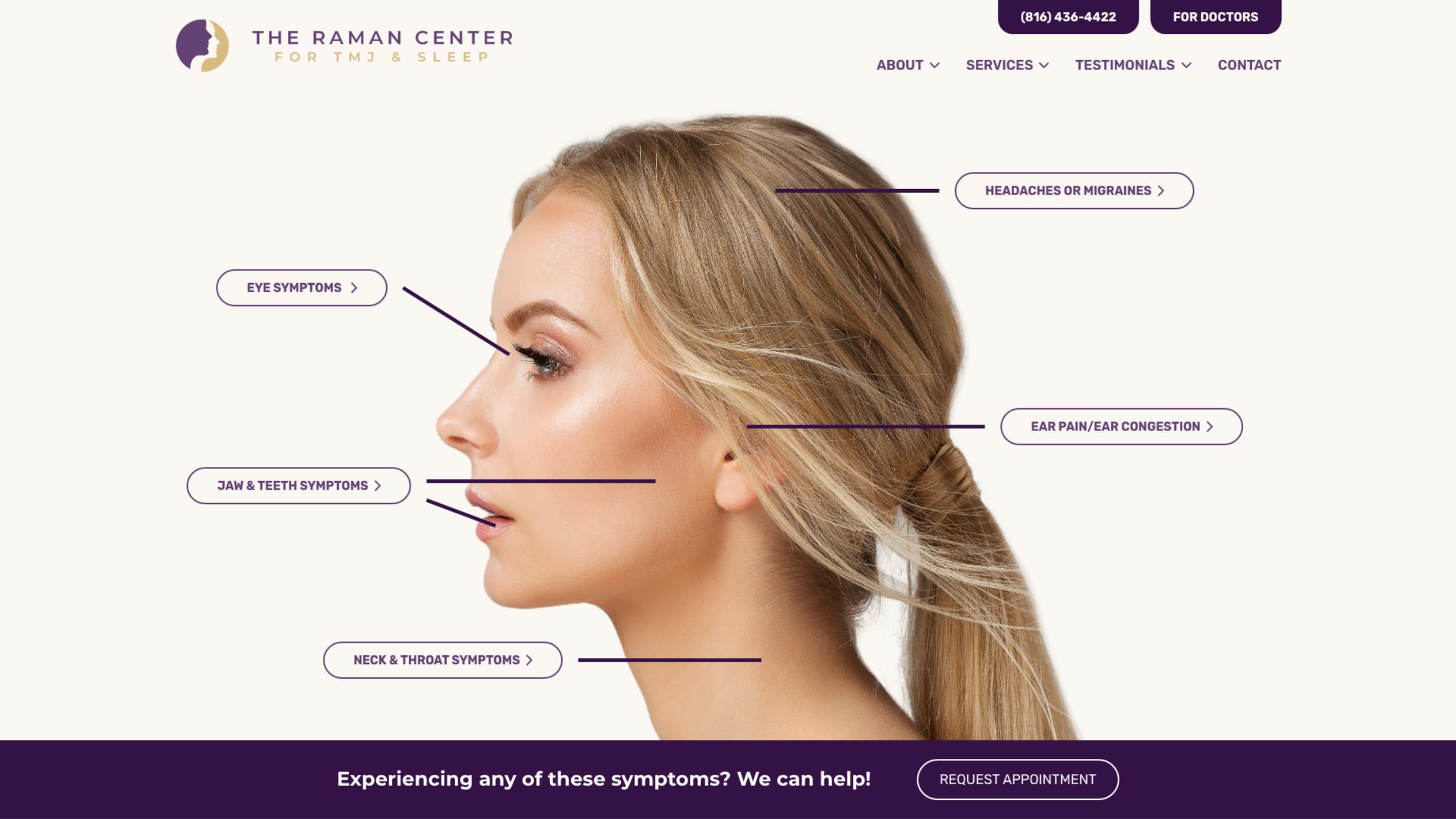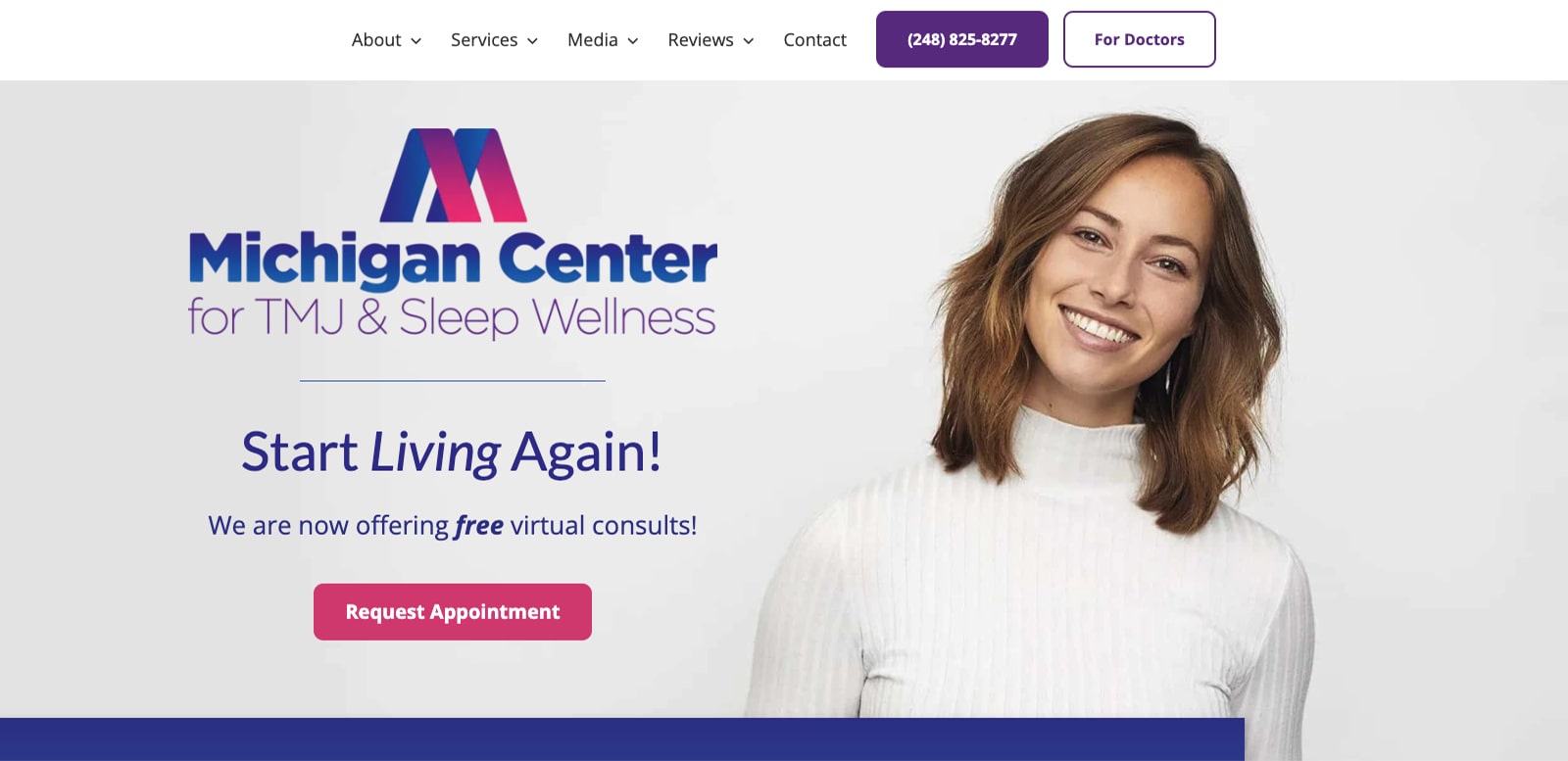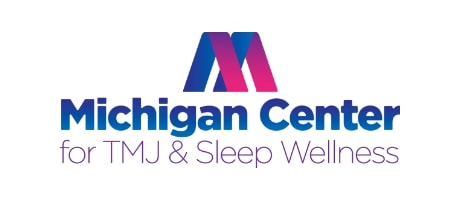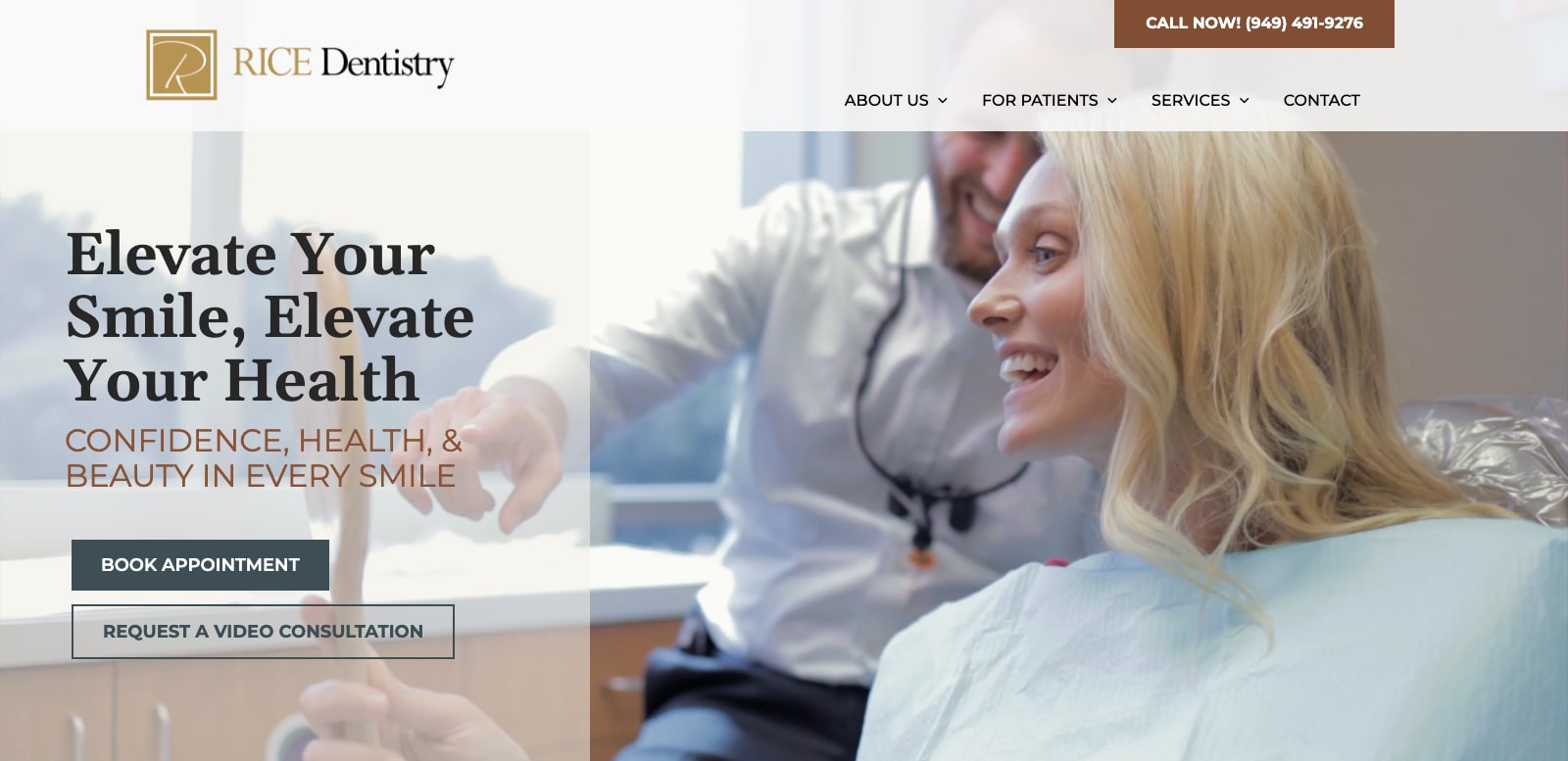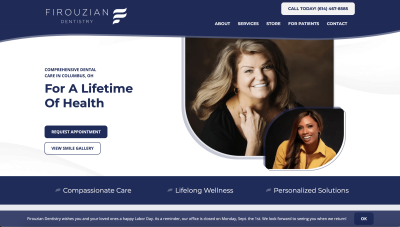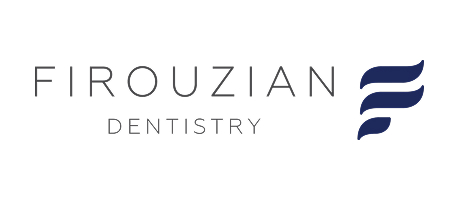If your dental website traffic has dipped lately, you’re not alone. With the global rollout of Google AI Overviews and the new AI Mode in 2025, how your content appears on page one has changed dramatically. Ranking alone isn’t enough anymore, and the pressure to stay on top of these changes can feel overwhelming for dentists who already juggle patient care, staff management, and running a practice.
That’s why awareness is key—but implementation doesn’t have to fall on your shoulders. As a growth-driven marketing company, we stay ahead of AI trends, optimize your content for visibility, and manage your entire digital strategy so you can stay focused on what you do best: delivering exceptional care to your patients.
This post explores how Google AI Overviews for dentists work, what determines which practices get featured, and the updates you must implement now to stay competitive without sacrificing valuable chairside time.
What Are Google AI Overviews (and AI Mode)?
AI Overviews are generated summaries that appear at the top of Google search results. They use artificial intelligence to answer user queries directly, pulling information from various web sources. They often reduce the need for users to click on organic links.
In May 2025, Google began showing AI Overviews in over 200 countries and 40+ languages. It also introduced “AI Mode,” which turns searches into conversations, allowing users to refine or deepen queries like “cost of Invisalign for teens” with follow-up prompts.

Why This Changes Dental SEO Forever
Before AI Overviews, a well-optimized blog or service page could rank on page one and drive steady new-patient leads. But with AI Overviews now answering questions directly, many practices are seeing:
- Drops in click-through rates (CTR)
- Fewer inquiries through organic search
- New competition from sites Google deems more authoritative or better structured
Staying visible means getting quoted inside the AI Overview box itself. That requires a fundamental rethink of your SEO, content structure, and technical setup.
How AI Overviews Choose Content:
E-E-A-T, Schema & Clarity
Not all websites are treated equally in Google’s new AI landscape. Here’s what drives inclusion in the Overviews.
Emphasis on E-E-A-T
Google prioritizes sites with strong Experience, Expertise, Authoritativeness, and Trust. For dentists, this means:
- Author bios with credentials
- Transparent contact and location information
- Consistent NAP (name, address, phone) citations
Structured Data (Schema Markup)
Schema helps search engines understand your content. Dental websites should add:
- FAQPage schema for question/answer sections
- Review schema for patient testimonials
- Organization schema for practice details
Concise, Clear Language
Google’s AI prefers content that answers questions in plain, direct language. Bulky paragraphs and vague descriptions don’t get quoted.
Five Quick Wins to Boost Your AI Overview Visibility
Even if you can’t overhaul your entire website today, these practical changes can quickly increase your chances of being cited in an AI Overview.
1. Add an FAQ Section to Every Service Page
Use real patient questions (e.g., “How much does Invisalign cost?”) and answer them in two to three clear sentences. Then, apply the FAQPage schema to each one.
2. Build More Verified Patient Reviews
Quantity and quality matter. More Google reviews signal trust. Embed them on your site and mark them up with Review schema.
3. Summarize Key Concepts in Short Paragraphs
At the top of every service or blog page, include a short summary that defines the topic. This is what Google is most likely to pull into an AI Overview.
4. Cite Credible Sources
Back up any clinical claims or statistics with references to ADA.org, CDC, or peer-reviewed journals. This boosts your authority score.
5. Keep Your Content Fresh
Update service pages, especially pricing or procedural details, every 6–12 months. AI Overviews prefer recently updated pages.
Preparing for AI Mode: Deep Search and Conversational Content
AI Mode lets users ask follow-up questions like, “Is Invisalign better for adults or teens?” or “Can I pay with HSA for veneers?” That means your content must be rich in related entities and prepared for deeper engagement.
Think Like a Conversation
Structure your blog posts with natural subheadings that mimic follow-up questions. For example:
- “How long does Invisalign take for adults?”
- “What’s the difference between veneers and crowns?”

These not only improve readability but increase the chance of your blogs being pulled into layered AI responses.
Use Video & Transcripts
Google AI scans YouTube transcripts and on-site video captions. Add video walkthroughs of procedures and ensure transcripts or summaries are indexed alongside them.
Mention Related Terms (Entities)
Rather than repeating keywords, use semantically related terms:
- Instead of “Invisalign cost,” also mention “orthodontic pricing,” “clear aligners,” and “insurance coverage.”
- Instead of “teeth whitening,” include “in-office bleaching,” “tooth discoloration,” and “cosmetic dentistry.”
Technical Checklist for 2025 AI Optimization
Even great content won’t rank in AI Overviews if your site struggles technically. Use this checklist to ensure your site meets the new standards:
Core Technical Tweaks
- Enable HTTPS: Required for trust and ranking.
- Speed Up Load Times: Use image compression and lazy loading.
- Mobile-First Design: Google indexes mobile versions first.
- Add Structured Data: Implement FAQPage, Organization, and Review schemas.
- Submit Updated XML Sitemaps: Ensure all your content is indexed accurately.
Before and After: The “Invisalign Cost” Example
Let’s look at how this all plays out in search:
Before AI Overviews
- A patient Googles “Invisalign cost.”
- Your practice’s blog post ranks #3 and gets 300 clicks per month.
After AI Overviews
- The AI box summarizes: “Invisalign costs $3,000 to $7,000, depending on case complexity.”
- Your post drops to position #5 with 90 clicks per month.
- The AI summary cites a competitor with fresher content and structured FAQs.
The lesson? If you’re not in the summary, you’re losing leads.
The era of AI Overviews and conversational search is here—and it’s changing how patients find dental care online. As a growth-driven dental marketing company, we help dentists adapt by:
- Structuring content to match AI Overview preferences
- Updating schema markup and technical SEO
- Creating question-based content for AI Mode
- Building and managing reviews that increase trust and visibility
Unlike generic marketing vendors, a results-oriented dental marketing firm focuses on measurable outcomes and ROI, ensuring your practice doesn’t just show up in search—but actually wins new patients. Don’t wait until your competitors dominate the AI boxes. We audit your site, highlight gaps, and retrofit your strategy to keep you visible in 2025 and beyond.
Contact us at (970) 672-1212 to schedule a consultation with a comprehensive dental marketing company that delivers everything you need in one place.

